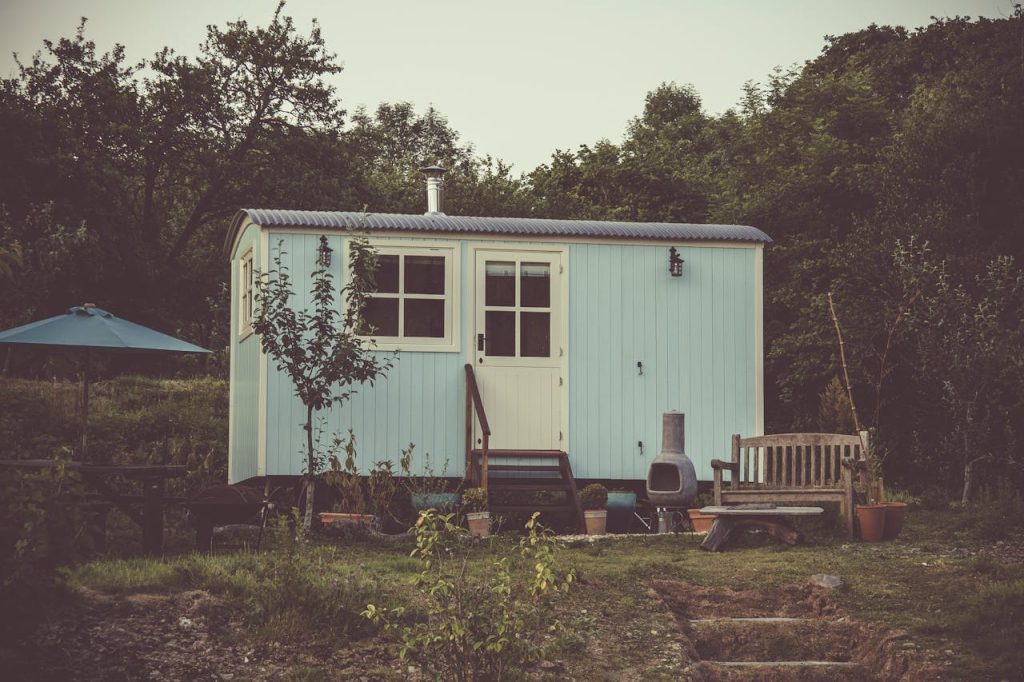
Thinking about joining the tiny house movement? You’re not alone. The idea of living simply, saving money, and reducing your footprint is appealing. Tiny homes look affordable and easy to maintain. But there’s more to the story. Many people jump in, only to find costs they didn’t expect. If you’re considering a tiny house, it’s important to know what you’re really signing up for. Here’s what you need to watch out for before you downsize.
1. Land Isn’t Free
You need somewhere to put your tiny house. That sounds obvious, but it’s a big deal. Many people think they can just park their home anywhere. In reality, zoning laws and land prices can make this tricky. Some cities don’t allow tiny homes at all. Others require you to buy land, which can cost as much as a regular house lot. Even if you find a spot, you might have to pay for utilities, permits, or even special insurance. If you plan to move your tiny house, you’ll need to pay for parking or storage. These costs add up fast and can be a shock if you’re not ready for them.
2. Utility Hookups and Off-Grid Costs
Tiny houses need water, electricity, and sewage solutions. Hooking up to city utilities isn’t always possible or cheap. You might need to pay for a septic system, well, or solar panels. These systems can cost thousands of dollars. Off-grid living sounds simple, but it takes planning and money. Solar panels, batteries, composting toilets, and water tanks all have upfront costs. And they need regular maintenance. If you’re not careful, you could spend more on utilities than you expected. The tiny house movement often skips over these details, but they matter.
3. Building Codes and Permits
Building a tiny house isn’t as simple as building a shed. Most places have strict building codes. You’ll need permits, inspections, and sometimes even a licensed contractor. These rules protect you, but they also cost money. Permits can run from a few hundred to several thousand dollars. If your house doesn’t meet code, you might have to pay to fix it or even move it. Some people try to skip permits, but that can lead to fines or legal trouble. It’s better to plan for these costs up front.
4. Quality Materials and Custom Work
Tiny houses use less material, but they need to be built well. Cheap materials won’t last. You need insulation, strong framing, and weatherproofing. Many tiny homes are custom-built, which means higher labor costs. You might want built-in furniture or clever storage. These features look great, but they aren’t cheap. If you cut corners, you’ll pay for it later in repairs. Quality matters more in a small space because every inch counts. The tiny house movement often shows beautiful interiors, but those finishes come at a price.
5. Moving and Transportation Fees
One of the big draws of the tiny house movement is mobility. But moving a tiny house isn’t like towing a camper. You need a heavy-duty truck or a professional mover. Transporting a tiny house can cost thousands of dollars, especially if you’re crossing state lines. You might need special permits or escorts for wide loads. And every move puts stress on your house, which can lead to repairs. If you plan to move often, budget for these costs. They’re easy to overlook but hard to avoid.
6. Insurance Surprises
Insuring a tiny house isn’t always easy. Many insurance companies don’t know how to classify them. Are they homes, RVs, or something else? You might need a special policy, which can be expensive. If your house is on wheels, you’ll need RV insurance. If it’s on a foundation, you might need homeowners’ insurance. Some companies won’t cover tiny homes at all. It’s important to shop around and get quotes before you buy. Otherwise, you could end up uninsured or paying more than you planned.
7. Storage and Downsizing Costs
Living in a tiny house means getting rid of stuff. That sounds simple, but it can be hard. You might need to rent a storage unit for things you can’t part with. Storage fees add up over time. You might also need to buy new, smaller furniture or appliances. Downsizing takes time and sometimes money. If you rush, you could end up regretting what you gave away or spending more to replace things later. The tiny house movement celebrates minimalism but getting there isn’t always free.
8. Resale Value and Market Risks
Tiny houses are still new in the real estate world. That means resale can be tough. There’s no guarantee you’ll get your money back if you decide to sell. The market for tiny homes is small and can change quickly. Some people find it hard to sell their tiny house at all. If you finance your home, you might owe more than it’s worth. This is a risk that’s easy to miss when you’re excited about the tiny house movement. Think about your long-term plans before you buy.
9. Lifestyle Adjustments and Hidden Costs
Tiny living isn’t for everyone. You might need to pay for gym memberships, storage, or even hotel stays if you have guests. Entertaining is harder in a small space. You might eat out more or spend money on activities outside the home. These lifestyle changes can add up. The tiny house movement focuses on freedom, but it also means giving up some comforts. Be honest about what you need to be happy.
Think Before You Downsize
The tiny house movement offers a lot, but it’s not always as cheap as it looks. Hidden expenses can turn a dream into a headache. If you’re serious about tiny living, do your homework. Talk to people who’ve done it. Make a budget that includes land, utilities, permits, and all the extras. Tiny living can work, but only if you know what you’re getting into.
Have you thought about joining the tiny house movement? What hidden costs surprised you? Share your thoughts in the comments.
Read More
Why Junior’s Education Might Be Less Expensive Than Expected
The post The “Tiny House” Movement’s Hidden Expenses appeared first on The Free Financial Advisor.







